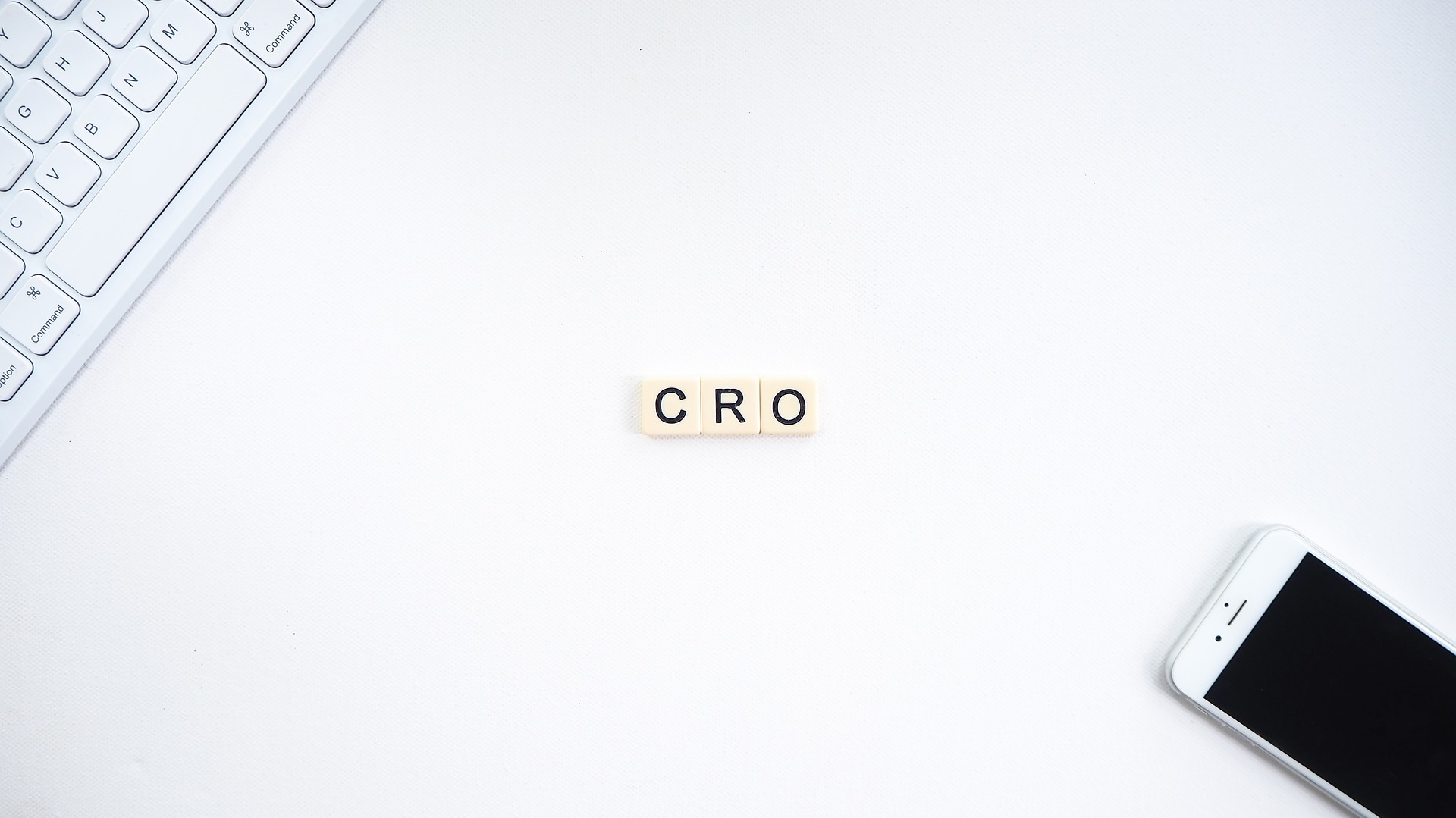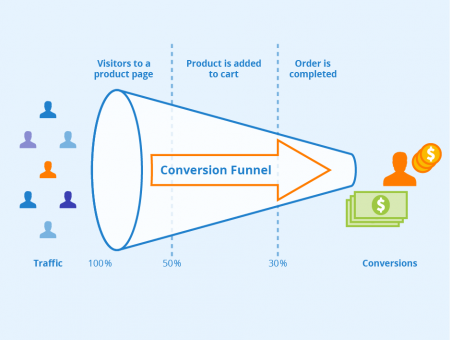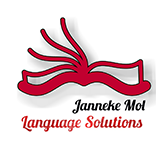Conversion rate optimisation and the importance of content

Conversion rate optimisation, unlike SEO, utilises the existing traffic to your website to increase the amount of customers you have. Here you read about conversion rate optimisation and the importance of good content. Time to read: 3 minutes.
Conversion rate optimisation (CRO) is an online marketing method which aims at generating more customers. It does not focus on bringing more traffic to your website, as SEO does, but instead it takes the existing traffic and utilises that. Good content is important in SEO as well as in conversion rate optimisation and in both situations a copywriter can help you to increase your revenue. The way in which that is done, however, is different. Here you read more about conversion rate optimisation, how this can bring your website to a higher level and how a copywriter can assist you to get there.
What is conversion rate optimisation?
When you invest in conversion rate optimisation, your goal is to acquire more customers from your already existing traffic. A customer is a conversion. With a conversion/customer we mean someone who performs an important action on your pages, such as buying a product, filling in contact details, requesting a quote or downloading an e-book. It maximises the profit you make from the visitors you already receive on your pages. Thus, conversion rate optimisation is very different from SEO as it does not aim to increase the amount of traffic to your website. Do you have a website which attracts enough attention, but disappointing revenue? Then you pay attention to content rate optimisation to take full advantage of the number of visits to your pages.
The conversion rate
By calculating the conversion rate for your website you find out which percentage of your visitors become customers. It is the metric to measure the success of your efforts spent on conversion rate optimisation. An example explains this better. If your website gets 100 unique visits per day and 1 of them fills in your contact form, then your conversion rate is 1 per cent. If you work on several conversion rate optimisation methods and you manage to increase the conversion rate, it means that your hard work is paying off.
An average conversion rate for a website is 3 to 4 per cent. Everything above that is seen as very good and when it is lower there is room for improvement.
Why is this important?
A comparison between CRO and SEO shows why it is important to work on utilising your existing traffic instead of only focusing on increasing the number of visits to your site. We will look at 2 different situations.
|
SEO or CRO? |
|
Situation 1: You choose to invest in SEO and you manage to increase the amount of daily visitors from 200 to 400. Your conversion rate is 2 per cent, so the amount of daily customers grows from 4 to 8. |
|
|
|
Situation 2: You decide to work on conversion rate optimisation and you increase your conversion rate from 2 to 4 per cent. You still receive 200 visitors per day, but the amount of daily customers increases to 8. |
Even though in both situations the result is the same – you increase your daily customers from 4 to 8 – situation 2 gives you a much better basis to build on. Would you then increase the amount of visitors to 400 as you did in situation 1, you gain 16 customers from them. That is a considerably better situation. The higher your conversion rate, the more successful your website.
Conversion rate optimisation and user behaviour

Conversion rate optimisation takes an existing situation and maximises the benefits. It starts with analysing your users’ behaviour as well as the reason why they do not convert. There are several programmes you can use for that and the following list is by no means final:
- Google Analytics: you can learn a lot about your users’ behaviour by analysing data from Google Analytics. You can extract information about how your visitors are directed to you, from which pages they decide to leave, how many pages they decide to visit, which pages are the most popular, which devices they use, which countries they are from, etcetera. You get to know your target audience and all the details about how they navigate your pages.
- Hotjar: Hotjar is a tool which gives you insight in what your visitors actually do on your pages. You measure their click- and scroll behaviour and that is visualised with a heat map. You immediately see which content attracts the most attention and what does not.
- Typeform: you get the best answers to your questions if you simply ask your visitors what you want to know. What do they think of your website and why did they decide to leave? With Typeform you put together a short questionnaire and give your visitors the option to fill it in anonymously. The answers provide you with very valuable information about their thought process and also some honest opinions.
How can a copywriter assist with CRO?
Once you have done your research into the way your visitors find your pages, what they do there and why they leave, you are able to identify the problem areas. It is very possible that your content is the cause for your low conversion rate. Good texts are an important part of conversion rate optimisation, because if they are not readable, if they do not give clear answers, if they do not have a clear structure and if they are not interesting enough, then visitors will get bored and move on. A good copywriter will provide you with engaging, well organised and qualitative content. This content makes your visitors want to keep reading and not to quit and move on.
The definition of good texts
As an SEO copywriter I know what good content is. The basic rule is that visitors do not have time or patience. They want to quickly get to the information that they need and find the answer to their questions in a few sentences. If you give them only a few seconds to think, or if you make them doubt, then they will leave as soon as they came. The goal of a good text is to make it as easy as possible for the visitor and not to cause any room for doubt. Content perfect for conversion rate optimisation has to meet the following demands:
- Structured: the structure of the content is very important. Unfortunately only a few visitors will actually read the full text and most of them will go straight to the information they are searching for. A good structure with short paragraphs and clear (sub)headers makes it much easier for them to find it.
- Short and sweet: internet users are not interested in beautiful long sentences and large amounts of texts. If they are looking for something, they want to get a clear answer. Good texts are therefore no award-winning literary works, but describe the subject in short, clear and understandable language.
- Reliable: if a visitor reads a text on your website and does not trust its content, then you can be sure that you will lose them. There are many stories about fake news and other unreliable information on the internet and everyone is aware and wary of that. Texts which come across as reliable contain external links with additional information about the subject. These are references with which you support your information and prove that you are telling the truth.
- Engaging: a final feature of content which improves your conversion rate is that it needs to be engaging. It needs to attract and keep the attention of your readers. This is done not only by offering good quality writing, but also by alternating text with images, videos and info graphics.
Only good content is not enough
A copywriter will provide you with content that can improve your conversion rate, but it is not enough. Good texts are an excellent basis for conversion rate optimisation, but you are dealing with a method that goes much further than that. Conversion rate optimisation starts with analysing data, singling out the points of improvement, making changes and then to test, test and test again. This can be as detailed as the colour of a button or the text for a call to action. You do not stop making changes until you have found the perfect composition and you are sure that you make the most out of your website. With a good conversion rate you can start attracting more visitors. Then the real profits will emerge. And good texts are then the basis for a successful result.
Do you want to work on SEO content instead? Let this step-by-step roadmap guide you through the process!
Janneke Mol Language Solutions is a company specialised in English lessons online and SEO copy writing. I also offer translation services (Dutch-English and English-Dutch) and Dutch language classes. If you are interested in what I have to offer, you can find all the necessary information on my website. Feel free to contact me through one of the options available.



